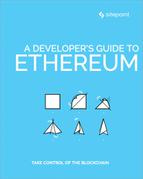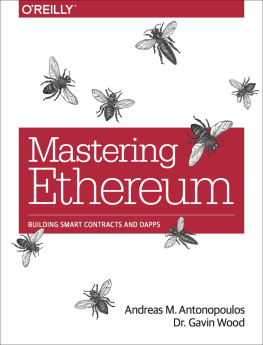Gavin Wood - Mastering Ethereum
Here you can read online Gavin Wood - Mastering Ethereum full text of the book (entire story) in english for free. Download pdf and epub, get meaning, cover and reviews about this ebook. year: 2018, publisher: O’Reilly Media, Inc., genre: Romance novel. Description of the work, (preface) as well as reviews are available. Best literature library LitArk.com created for fans of good reading and offers a wide selection of genres:
Romance novel
Science fiction
Adventure
Detective
Science
History
Home and family
Prose
Art
Politics
Computer
Non-fiction
Religion
Business
Children
Humor
Choose a favorite category and find really read worthwhile books. Enjoy immersion in the world of imagination, feel the emotions of the characters or learn something new for yourself, make an fascinating discovery.
- Book:Mastering Ethereum
- Author:
- Publisher:O’Reilly Media, Inc.
- Genre:
- Year:2018
- Rating:3 / 5
- Favourites:Add to favourites
- Your mark:
Mastering Ethereum: summary, description and annotation
We offer to read an annotation, description, summary or preface (depends on what the author of the book "Mastering Ethereum" wrote himself). If you haven't found the necessary information about the book — write in the comments, we will try to find it.
Ethereum represents the gateway to a worldwide, decentralized computing paradigm. This platform enables you to run decentralized applications (DApps) and smart contracts that have no central points of failure or control, integrate with a payment network, and operate on an open blockchain. With this practical guide, Andreas M. Antonopoulos and Gavin Wood provide everything you need to know about building smart contracts and DApps on Ethereum and other virtual-machine blockchains.
Discover why IBM, Microsoft, NASDAQ, and hundreds of other organizations are experimenting with Ethereum. This essential guide shows you how to develop the skills necessary to be an innovator in this growing and exciting new industry.
- Run an Ethereum client, create and transmit basic transactions, and program smart contracts
- Learn the essentials of public key cryptography, hashes, and digital signatures
- Understand how wallets hold digital keys that control funds and smart contracts
- Interact with Ethereum clients programmatically using JavaScript libraries and Remote Procedure Call interfaces
- Learn security best practices, design patterns, and anti-patterns with real-world examples
- Create tokens that represent assets, shares, votes, or access control rights
- Build decentralized applications using multiple peer-to-peer (P2P) components
Gavin Wood: author's other books
Who wrote Mastering Ethereum? Find out the surname, the name of the author of the book and a list of all author's works by series.

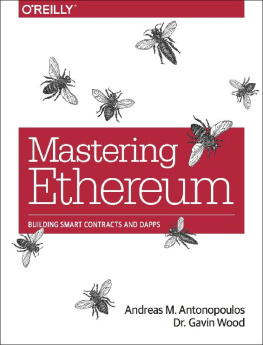


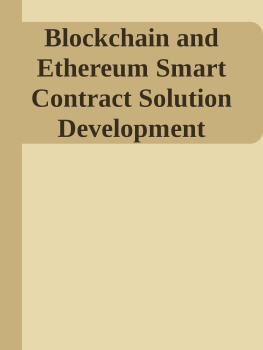
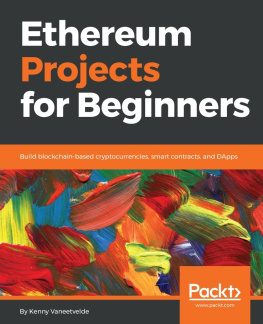
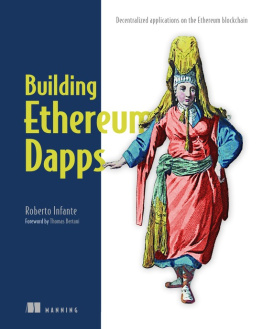
![Kenny Vaneetvelde [Kenny Vaneetvelde] - Ethereum Projects for Beginners](/uploads/posts/book/119688/thumbs/kenny-vaneetvelde-kenny-vaneetvelde-ethereum.jpg)
